Artificial Intelligence
Elon Musk’s xAI Seeks AI Tutors with Competitive Pay of Up to Rs 5,000 per Hour!
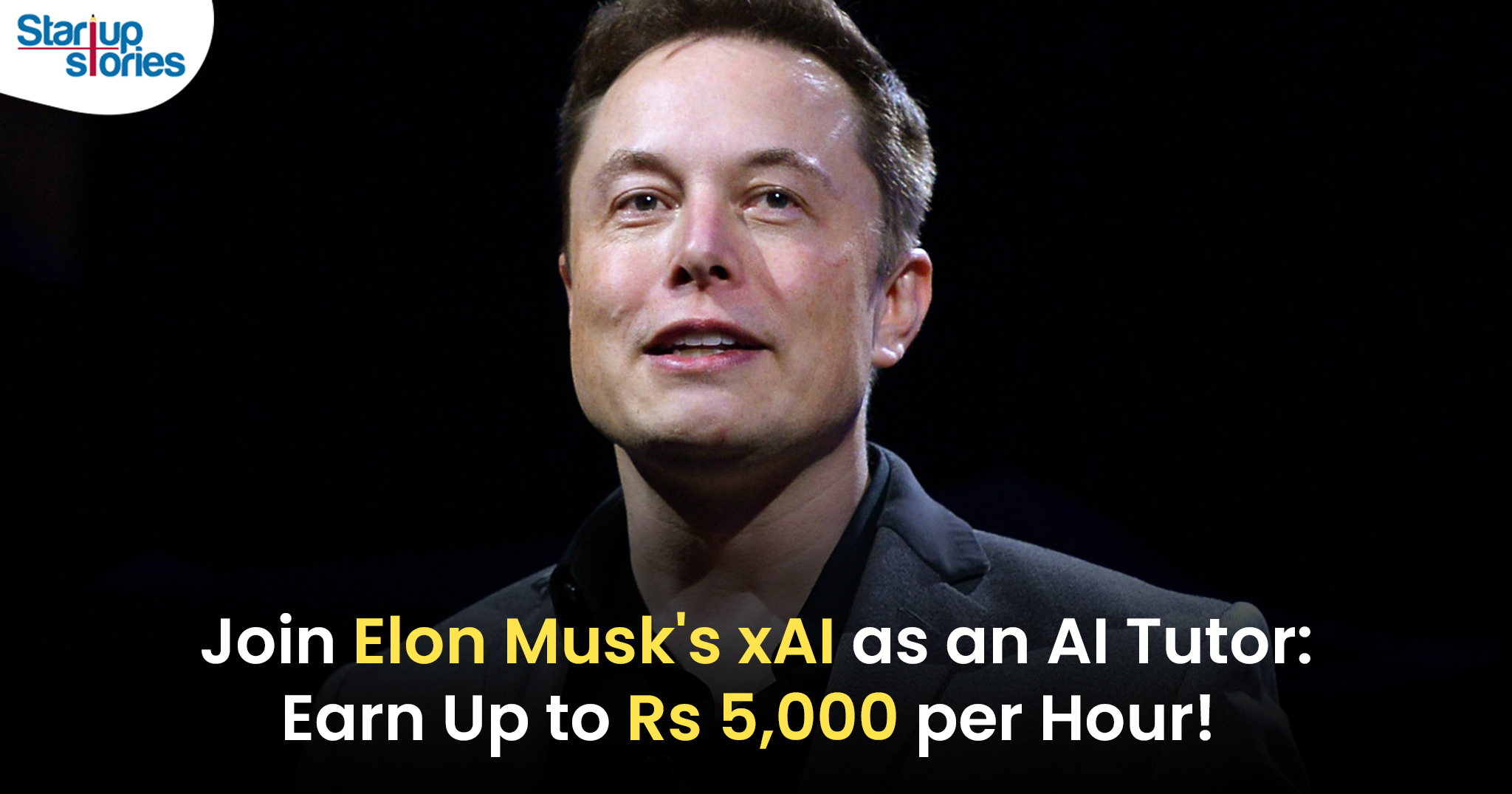
Elon Musk’s artificial intelligence venture, xAI, is on the lookout for AI tutors, offering an impressive pay rate of up to Rs 5,000 per hour. While the role may sound technical, it essentially involves helping xAI’s systems learn more effectively by providing them with accurate data and feedback. The job posting is currently available on LinkedIn.
What Does the Job Entail?
xAI aims to develop AI systems that can truly understand the world, and as an AI tutor, you will play a crucial role in delivering clear, labeled data for the AI to learn from. This data is essential for training AI applications, such as chatbots and writing assistants, to better comprehend language.
Key Responsibilities
- Data Labeling: The AI tutor will collaborate closely with xAI’s technical team to gather and organize high-quality data. A key responsibility will involve using xAI’s software to label or categorize information, effectively teaching the AI what different data points mean.
- Creating Learning Tasks: Additionally, the tutor will create new learning tasks for the AI and develop assignments to enhance its capabilities in language comprehension and text production.
Who is the Ideal Candidate?
xAI is seeking candidates who possess strong reading and writing skills in English, both in informal and professional contexts. While technical expertise isn’t mandatory, experience in writing, journalism, or strong research skills would be advantageous. Candidates should also excel at sourcing and labeling content from various references.
Desired Skills
- Strong English Proficiency: Candidates must demonstrate strong reading and writing skills.
- Research Skills: Ability to navigate various information resources effectively.
- Experience in Writing: Background in technical writing or journalism is preferred.
- Independent Decision-Making: Individuals who can work independently and make informed decisions in uncertain situations are likely to thrive in this role.
- Passion for Technology: A genuine interest in technology and innovation is highly desirable.
Salary and Work Setup
The position is remote, allowing for flexible working arrangements after a two-week training period. Standard working hours are from 9 AM to 5:30 PM, but once trained, you can adjust your schedule according to your time zone.
Competitive Compensation
The pay is notably competitive, ranging from $35 to $65 per hour, equivalent to approximately Rs 5,000. In addition to this lucrative hourly rate, xAI offers benefits including:
- Medical Insurance
- Dental Insurance
- Vision Insurance
This comprehensive benefits package aims to attract top talent while ensuring employee well-being.
Conclusion
In summary, if you are enthusiastic about technology and have a knack for writing and organizing data, this opportunity could provide a rewarding way to contribute to the future of AI while earning a substantial income. As xAI continues to grow under Elon Musk’s vision, roles like this will play a crucial part in developing advanced AI systems capable of understanding and interacting with the world more effectively.
This initiative highlights Musk’s commitment to pushing the boundaries of artificial intelligence while offering competitive opportunities for individuals passionate about technology and innovation.
Artificial Intelligence
Adopt AI Secures $6 Million to Power No-Code AI Agents for Business Automation
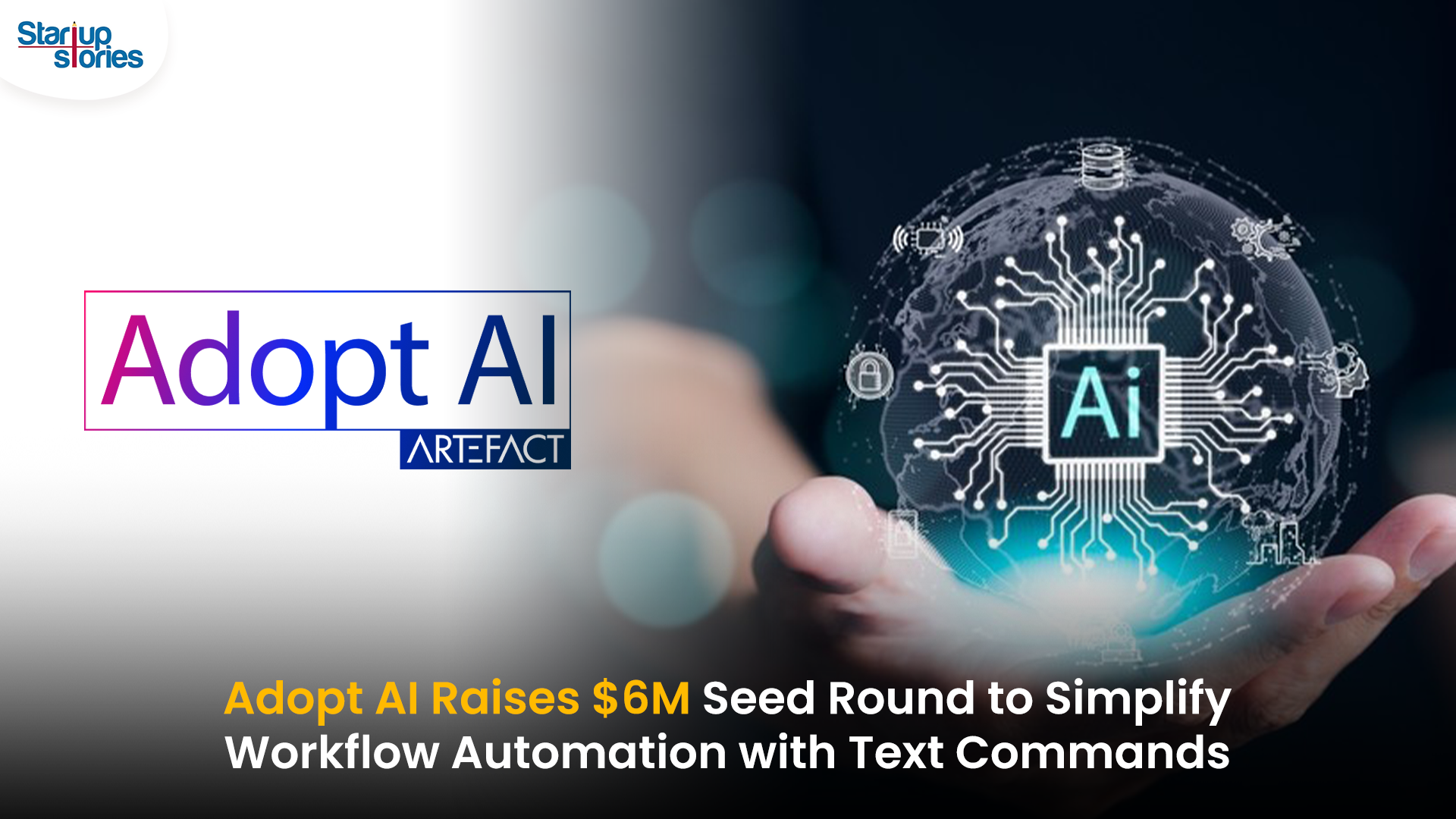
Adopt AI, a San Jose and Bengaluru-based agentic AI startup, has raised $6 million in seed funding led by Elevation Capital, with participation from Foster Ventures, Powerhouse Ventures, Darkmode Ventures, and angel investors. The funding will be used to expand the company’s engineering and product teams and to scale enterprise deployments of its automation platform.
Founded by Deepak Anchala, Rahul Bhattacharya, and Anirudh Badam, Adopt AI offers a platform that lets businesses automate workflows and execute complex actions using natural language commands, without needing to rebuild existing systems. Its core products include a no-code Agent Builder, which allows companies to quickly create and deploy AI-driven conversational interfaces, and Agentic Experience, which replaces traditional user interfaces with text-based commands.
The startup’s technology is aimed at SaaS and B2C companies in sectors like banking and healthcare, helping them rapidly integrate intelligent agent capabilities into their applications. Adopt AI’s team includes engineers from Microsoft and Google, with Chief AI Officer Anirudh Badam bringing over a decade of AI experience from Microsoft.
The company has also launched an Early Access Program to let businesses pilot its automation solution and collaborate on new use cases.
Artificial Intelligence
Social Media Platforms Push for AI Labeling to Counter Deepfake Risks
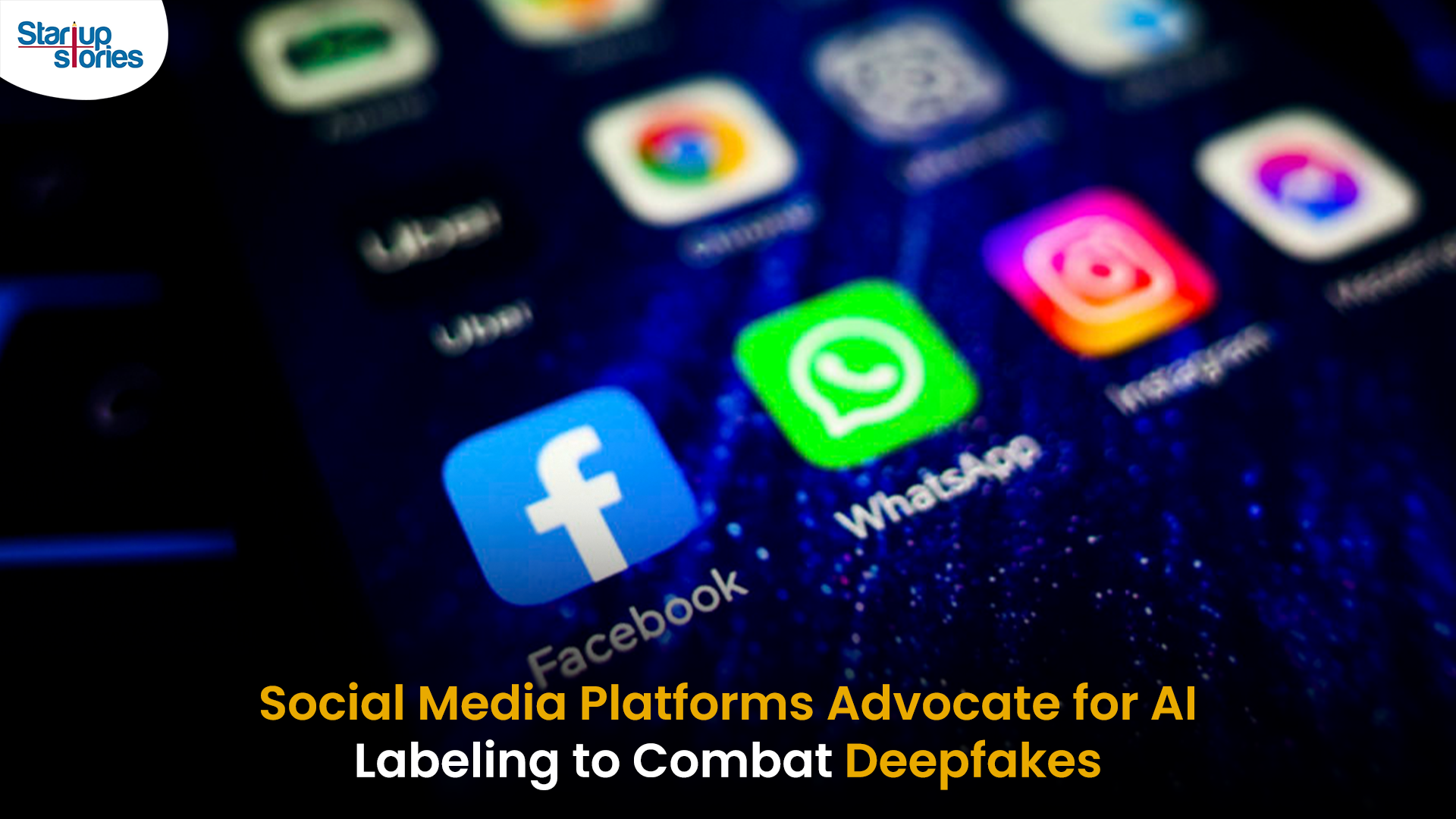
Social media platforms are intensifying efforts to combat the misuse of deepfake technology by advocating for mandatory AI labeling and clearer definitions of synthetic content. Deepfakes, created using advanced artificial intelligence, pose significant threats by enabling the spread of misinformation, particularly in areas like elections, politics, and personal privacy.
Meta’s New Approach
Meta has announced expanded policies to label AI-generated content across Facebook and Instagram. Starting May 2025, “Made with AI” labels will be applied to synthetic media, with additional warnings for high-risk content that could deceive the public. Meta also requires political advertisers to disclose the use of AI in ads related to elections or social issues, aiming to address concerns ahead of key elections in India, the U.S., and Europe.
Industry-Wide Efforts
Other platforms like TikTok and Google have introduced similar rules, requiring deepfake content to be labeled clearly. TikTok has banned deepfakes involving private figures and minors, while the EU has urged platforms to label AI-generated media under its Digital Services Act guidelines.
Challenges Ahead
Despite these measures, detecting all AI-generated content remains difficult due to technological limitations. Experts warn that labeling alone may not fully prevent misinformation campaigns, especially as generative AI tools become more accessible.
Election Implications
With major elections scheduled in 2025, experts fear deepfakes could exacerbate misinformation campaigns, influencing voter perceptions. Social media platforms are under pressure to refine their policies and technologies to ensure transparency while safeguarding free speech.
Artificial Intelligence
Transforming India’s AI Landscape: OpenAI and Meta’s Collaborative Talks with Reliance Industries
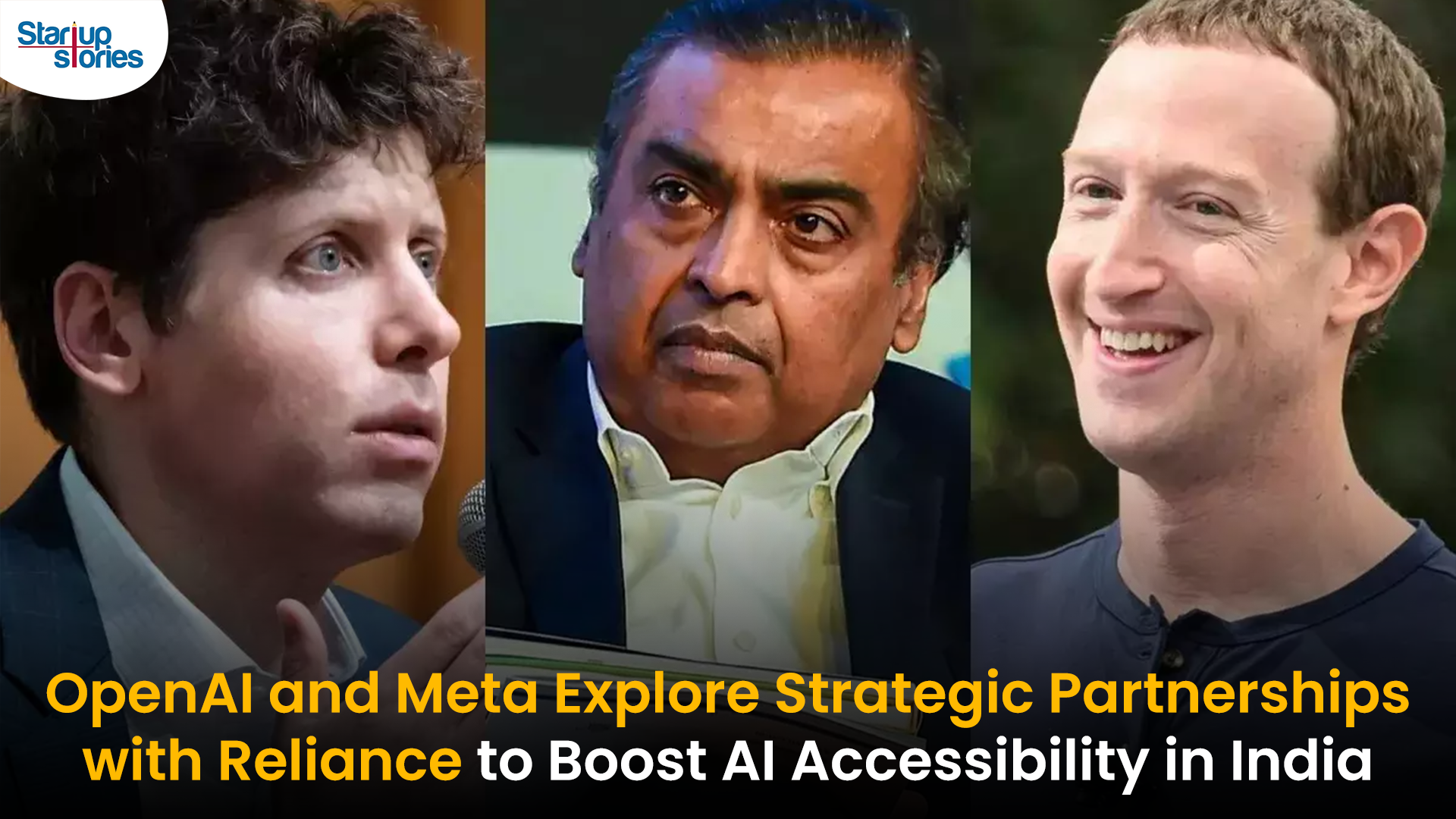
OpenAI and Meta Platforms are reportedly in discussions with India’s Reliance Industries to explore potential partnerships aimed at enhancing their artificial intelligence (AI) offerings in the country. This development underscores India’s growing significance in the global AI landscape.
Key Aspects of the Discussions
- Partnership with Reliance Jio: One of the main focuses is a potential collaboration between Reliance Jio and OpenAI to facilitate the distribution of ChatGPT in India. This could enable wider access to advanced AI tools for businesses and consumers, leveraging Reliance’s extensive telecommunications network.
- Subscription Price Reduction: OpenAI is considering reducing the subscription cost for ChatGPT from $20 to a more affordable price, potentially just a few dollars. While it is unclear if this has been discussed with Reliance, such a move could significantly broaden access to AI services for various user demographics, including enterprises and students.
- Infrastructure Development: Reliance has expressed interest in hosting OpenAI’s models locally, ensuring that customer data remains within India. This aligns with data sovereignty regulations and addresses growing concerns about data privacy. A planned three-gigawatt data center in Jamnagar, Gujarat, is expected to serve as a major hub for these AI operations.
Market Implications
These potential partnerships reflect a broader trend among international tech firms aiming to democratize access to AI technologies in India. If successful, they could reshape India’s AI ecosystem and accelerate adoption across various sectors. As negotiations continue, stakeholders are closely monitoring how these alliances may impact India’s technological landscape and its position as a leader in AI innovation.




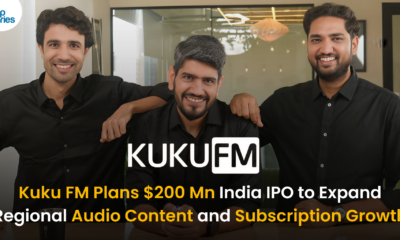






Registro de binance
March 23, 2025 at 9:48 am
Your article helped me a lot, is there any more related content? Thanks!
Xuoaudfi
May 25, 2025 at 11:01 pm
Explore the ranked best online casinos of 2025. Compare bonuses, game selections, and trustworthiness of top platforms for secure and rewarding gameplaycasino.
85og7
June 4, 2025 at 2:46 am
clomiphene buy cheap clomid without a prescription cost generic clomid without insurance where can i get cheap clomiphene without prescription can i buy cheap clomiphene tablets clomiphene order clomid without dr prescription
xqmtrukns
July 18, 2025 at 3:34 am
Spribe develops on innovative iGaming products & casino games. We are up to date with current trends in online gambling and try to see what future will bring. Our mission is to build cutting-edge products that create impact. Startups, business & tech W Starcasino bezpieczeństwo i uczciwość naszych gier są najważniejsze. Dlatego współpracujemy z najwyższej jakości dostawcami gier, takimi jak Spribe. Możesz być pewien, że kiedy grasz w gry Spribe w Starcasino, będziesz mieć uczciwą i transparentną rozgrywkę, ponieważ gry są testowane i certyfikowane pod kątem swojej integralności. Aviator nie jest przeciętną grą slotową online; to pełna adrenaliny podróż, która stawia cię w fotelu pilota. Od momentu powstania w lutym 2019 r. Aviator szturmem podbił świat gier online, oferując wciągające wrażenia z zakładami w czasie rzeczywistym i potencjałem znacznych zwrotów.
https://shootingcore.com/2025/07/16/red-on-bet-casino-bonusy-wyplaty-i-aplikacja-mobilna_1752662914/
Utworzenie konta w Predictor Aviator jest szybkie i łatwe. Wystarczy założyć konto użytkownika i zalogować się. These can raise your probability of accomplishment by making knowledgeable decisions based upon game mechanics and statistical analysis. As you play in demo mode, you’ll gain understanding in addition to confidence. You’ll be prepared when you’re ready to go for playing Aviator with real money. The Aviator game demo will enrich the gaming experience in addition to might even up your” “chances of success. Unlike conventional casino games, Aviator is based about an increasing contour that can accident anytime. This Aviator game review can walk you through typically the steps to begin playing, from selecting a platform to withdrawing your winnings. Experience the magic of online gaming at our Mexican casino site. With enchanting themes and captivating gameplay, you’ll be transported to a world of fantasy and fun. betway casino tienes todo lo mejor.
GO88
November 5, 2025 at 10:20 pm
Tham gia cộng đồng game thủ tại Go88 để trải nghiệm các trò chơi bài, poker phổ biến nhất hiện nay.
MM88
November 6, 2025 at 7:14 pm
Khám phá thế giới giải trí trực tuyến đỉnh cao tại MM88, nơi mang đến những trải nghiệm cá cược thể thao và casino sống động.
谷歌站群
November 7, 2025 at 4:15 am
专业构建与管理谷歌站群网络,助力品牌实现全域流量的强势增长。谷歌站群
谷歌蜘蛛池
November 10, 2025 at 11:18 am
利用强大的谷歌蜘蛛池技术,大幅提升网站收录效率与页面抓取频率。谷歌蜘蛛池
MM88
November 11, 2025 at 5:56 am
Với giao diện mượt mà và ưu đãi hấp dẫn, MM88 là lựa chọn lý tưởng cho các tín đồ giải trí trực tuyến.
ios超级签
November 12, 2025 at 1:20 am
苹果签名,苹果超级签平台,ios超级签平台ios超级签苹果企业签,苹果超级签,稳定超级签名
iwin
November 14, 2025 at 10:14 am
iwin – nền tảng game bài đổi thưởng uy tín, nơi bạn có thể thử vận may và tận hưởng nhiều tựa game hấp
J88
November 21, 2025 at 4:54 pm
Đến với J88, bạn sẽ được trải nghiệm dịch vụ cá cược chuyên nghiệp cùng hàng ngàn sự kiện khuyến mãi độc quyền.